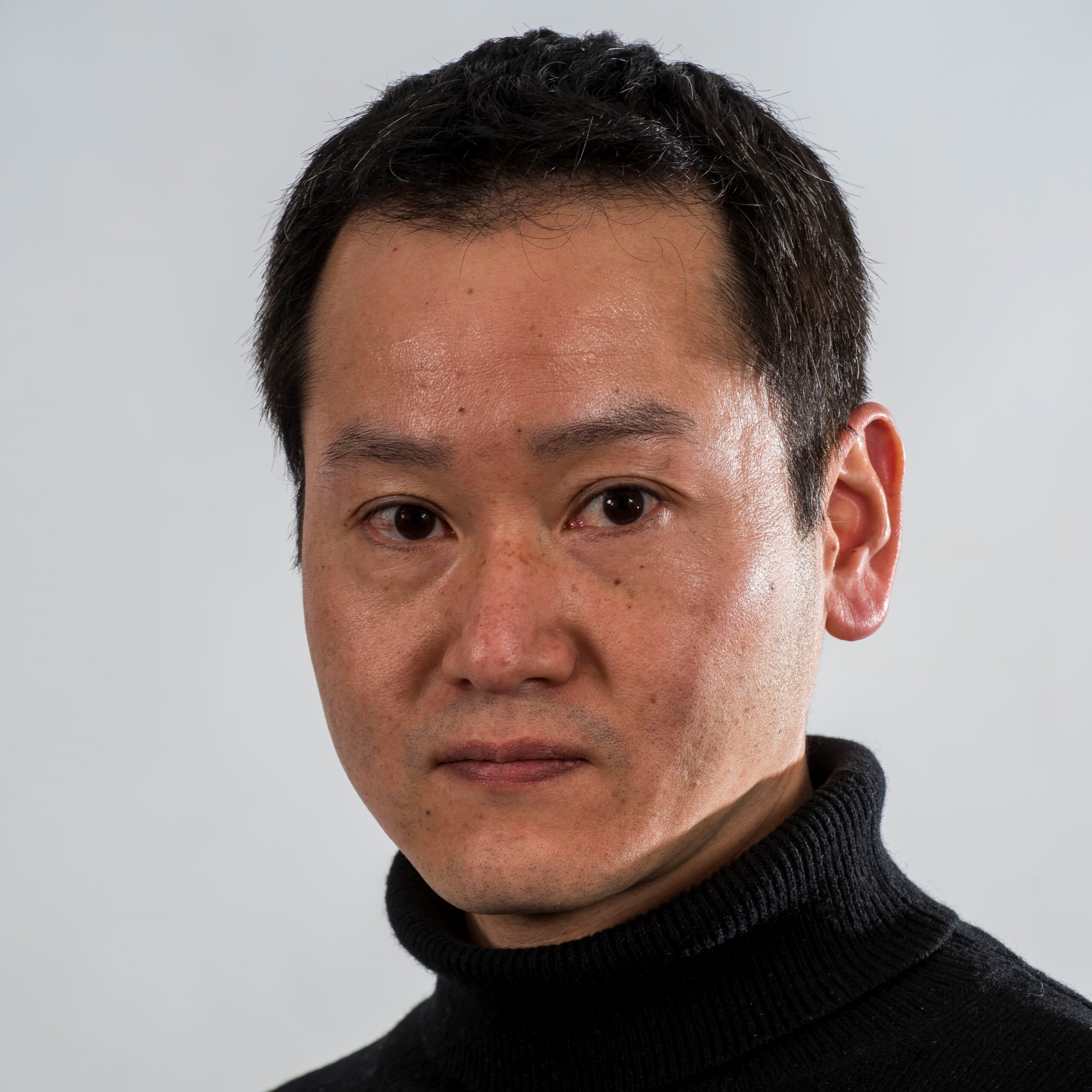Drug discovery
- Target and observe drug interactions across multiple brain structures simultaneously
- Maximize neural data collected from each animal, thus minimizing the number of repeat experiments required





Dr Emma Millhouse is an IP & Commercialisation Manager at the University of Strathclyde where she is responsible for identifying commercial opportunities, protecting University owned intellectual property and supporting academic entrepreneurs to create spin-out companies. Before moving to Strathclyde, Emma worked at Blutest Laboratories, a CRO based in Glasgow, managing commercial projects. She started her career in life sciences, gaining her PhD in Immunology at the University of Glasgow.

Received the M.S. degree in electronics and electrical engineering from the University of Glasgow, Glasgow, U.K., in 2006 and the Ph.D. degree from the University of Strathclyde, Glasgow, U.K., in 2011. In 2007 he joined the Institute of Photonics as a Ph.D. student where the focus of his Ph.D. was on the application of AlInGaN-based micro-LEDs for time-resolved fluorescence lifetime measurements and optical communications. He currently works as a Research Fellow in the Institute of Photonics, primarily on the subject of LED-based Visible Light Communications. To date, he has authored or co-authored in excess of 50 peer-reviewed journal articles and 30 conference submissions, as well as making contributions to book chapters and review articles on micro-LEDs and optical communications.

Reader at the Strathclyde Institute of Pharmacy and Biomedical Sciences, leading a research team of 8. The goal of the research team is to understand (1) how brain state is organized at the level of neural circuits, (2) how brain state affects brain functions, (3) how brain state is regulated, and (4) whether and how manipulation of brain state can modify disease pathology. Provides access to animal facilities enabling rapid prototyping for systems under development.

Professor Martin D. Dawson FInstP FOSA FIEEE FRSE is a physicist known for his work on lasers and compound semiconductors. He is Director of Research in the University of Strathclyde’s Institute of Photonics, which he helped establish 20 years ago, and he was also appointed inaugural Head of the Fraunhofer Centre for Applied Photonics (F-CAP) in October 2012. Martin has over 30 years’ experience of applied research gained in academia and industry in the UK and USA and he has been involved in the formation and technical development of a number of spin-out businesses, most recently including mLED Ltd. He holds an EPSRC Programme Grant on visible light communications and gave a Rank Prize Lecture in 2014 on ‘Applied Research in Photonics’. He was awarded the 2016 Gabor Medal and Prize by the Institute of Physics and the 2016 Aron Kessel Award by the IEEE Photonics Society.

Chair in Emerging Technologies by the Royal Academy of Engineering (RAEng). Professor of Neurophotonics at the Institute of Photonics (IoP), Dept. of Physics, where he leads a research team of 6 in the development of optoelectronic neurotechnologies such as; optogenetic tools, retinal prosthesis and microelectrode arrays.

EngD in Medical Devices from the University of Strathclyde with 5+ years experience in developing wireless neural interfaces. Has secured a number of awards and funding to propel commercialization efforts, including: EPSRC Impact Acceleration Account, BBSRC Pathfinder award, iCURe, RSE Enterprise Fellowship and the Scottish Enterprise SMART award.

For the last 20 plus years Ian has worked extensively with emerging technology companies and led the strategy, business plan development and fundraising for a number of spin-outs, and held CEO, Director and Non-Exec positions.
